It’s a truism that sensors with larger photosites have less noise. But you can reduce noise by combining information from small photosites into fewer pixels than with a standard Bayer conversion. In my mind, this is ideally performed before demosaicing, but raw converters don’t, in my experience, allow to to choose the resolution rendered by the demosaicing operation.
With my NEX-7 studies, I’ve been wondering how much can be done after raw conversion to trade off resolution and noise. If you’ve been reading this blog a while, you know that I attacked the question by conducting an experiment. I took three cameras with APS-C sensors, and different pixel pitches. The first one, the Sony NEX-7, has 24 megapixels. The second, the Sony NEX-5, has 14 megapixels. The third, the Nikon D3s, has a bit over 5 megapixels.
“Just a minute here,” I hear you saying, “the D3s has 12 megapixels, and it has a full frame sensor.” Indeed it does, but it also has a mode that induces an in-camera crop to an APS-C-sized sensor.
To make sure the comparisons were apples to apples, I used the same lens on each camera: the AF Nikkor 35mm f/2 D. It has an aperture ring, so I was able to use it on the two Sony cameras with the Novaflex adapter.
I made three photographs, all at f/5.6 and a 50th, with the ISO set to 3200. I focused the two Sony cameras using manual focusing with maximum magnification. I used autofocus for the Nikon, which probably slightly adversely affected the results – I probably should have used liveview. I locked the mirror up on the Nikon; the two Sony’s have no need of that. I converted the images from raw in Lightroom. 3.6, with noise reduction turned off. Here’s the one from the Nikon:
Then I reduced the resolution of the two Sony images down to 2784 x 1848. For the images in this post, I used Photoshop bicubic sharper, which Adobe recommends for reduction. I cropped all the images to 360 pixels wide. Then I doubled the magnification using nearest-neighbor, which yields a two-by-two array of identical pixels for each pixel in the original image. The JPEG compression used for the web smooths over these clumps. Each camera had internal noise reduction turned off. Each camera was set to produce images in the Adobe 1998 RGB color space, but all images have been converted to sRGB for web presentation.
The crop of the NEX-5 image looks like this:
The crop of the NEX-7 image looks like this:
The crop of the D3s image looks like this:
There’s a lot more noise in the two Sony images, but the D3s image is softer. The bicubic sharper interpolation is sharpening the two Sony images. I used unsharp masking in Photoshop to make the Nikon image about as sharp as the Sony ones. It’s still less noisy:
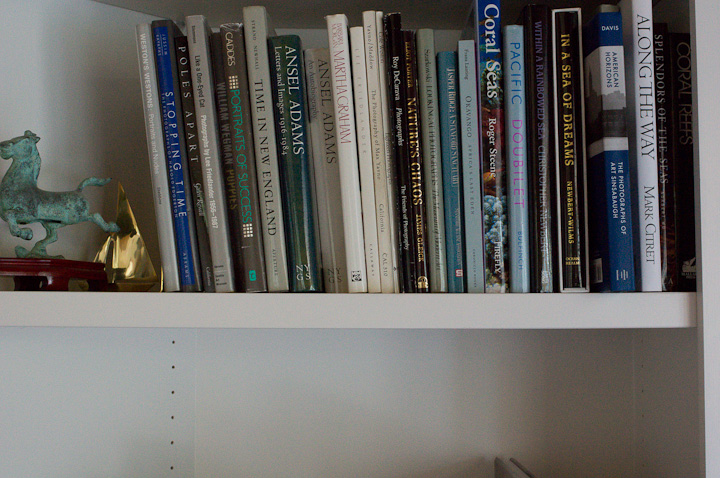
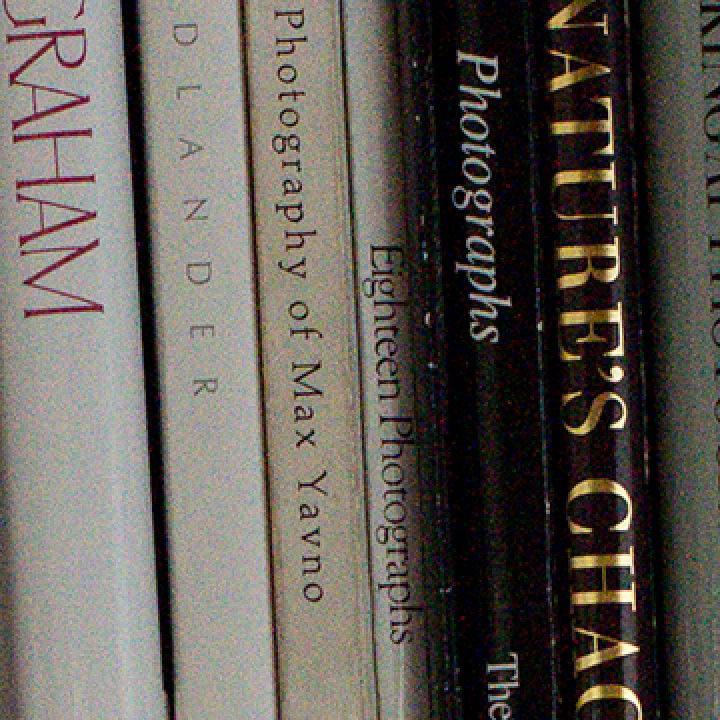
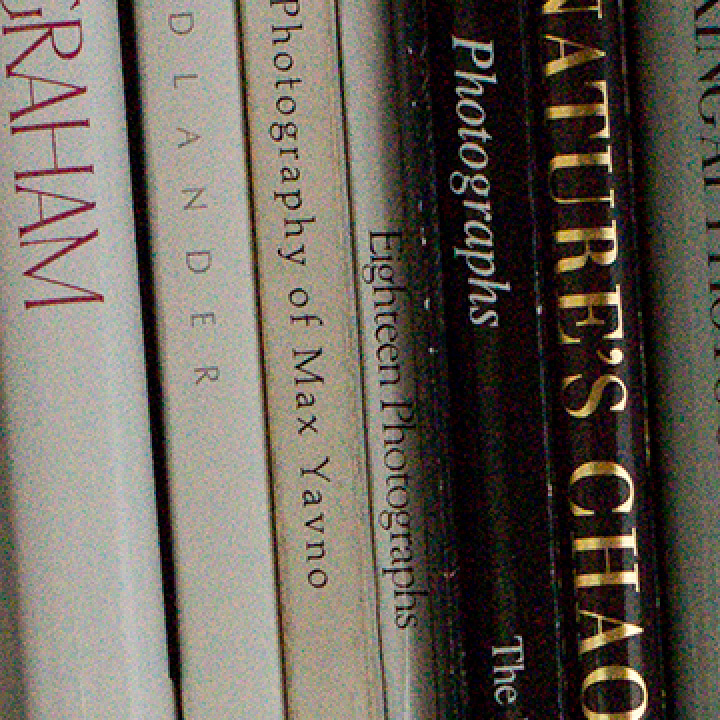
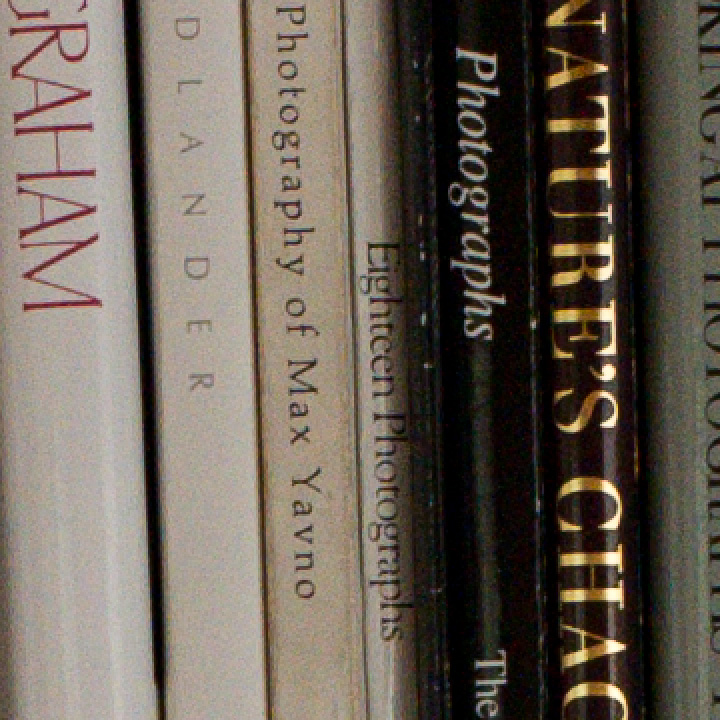
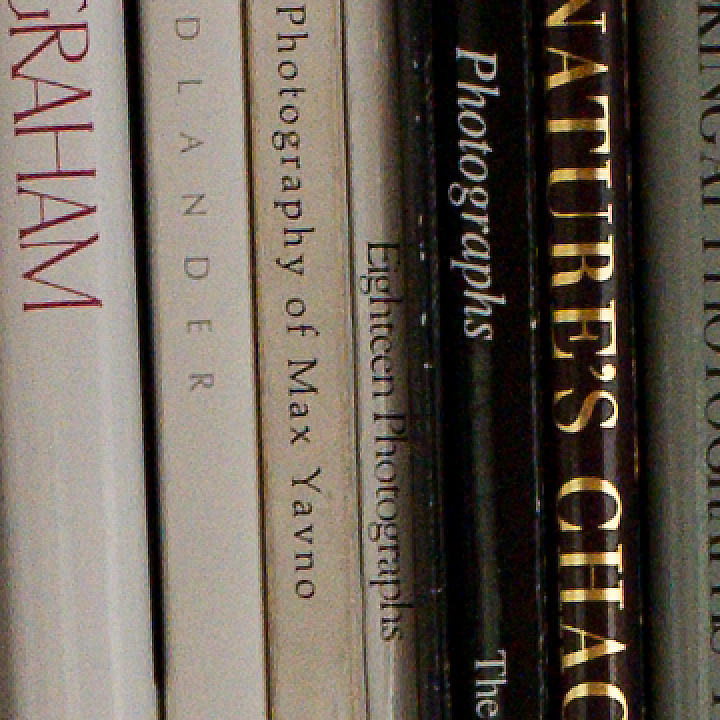
Leave a Reply